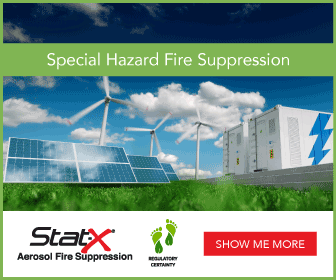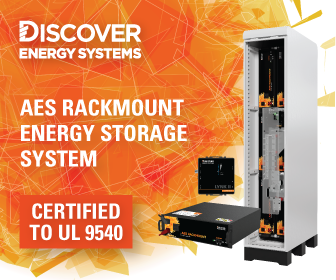A Quality Check for Hydrogen Refueling Stations / ZSW Rolls Out Inspection System to Assure the Quality Hydrogen and H2 Filling Stations
Hydrogen refueling stations for fuel cell-powered cars have one thing in common with conventional gas pumps: They must be inspected and approved before they are put in operation, and regular checked for quality afterwards. The Centre for Solar Energy and Hydrogen Research in Baden-Württemberg (ZSW) has developed a mobile certification system to ensure gaseous hydrogen refueling equipment is in compliance with international standards. This device measures pressure and temperature during refueling, checks the infrared communication between the vehicle and the filling station, and detects the amount of delivered hydrogen. Samples are taken at the same time, and then the hydrogen is analyzed for impurities. All this is aimed to drive the roll out of hydrogen infrastructure and thus the adoption of climate-friendly, alternative mobility solutions.
Hydrogen (H2) can be easily produced from regenerative sources in large quantities. Due to its high energy content it is an ideal fuel for fuel-cell vehicles. Filling a tank with compressed gas stored at 700 bar takes just three minutes or so, providing enough fuel for the vehicle to travel 400 to 700 kilometers. With manufacturers now rolling out fuel-cell vehicles, hydrogen refueling stations are going up around the world. Around 50 are in the works nationwide in Germany. This count is to rise to 100 by 2018/2019, and to 400 stations by 2023.
Certifying authorities inspect conventional filling stations for liquid fuels to confirm that they deliver the indicated amounts. They have been doing this for a long time, so standards for assessing the quality of these fuels are well established. The specifications for hydrogen (H2), however, are fairly http://new. An emerging fuel that is soon to be readily available, H2 gas is pumped into the tanks of fuel-cell vehicles at high pressure. This is why the regulations in place for the safe handling of gases also apply to H2 stations. 'Refueling protocols' based on industry standards determine hydrogen-related specifications such as the tem-perature range during gas delivery and compression, quantity measurement, leak detection during the dispensing process, and the like. All this has to be verified during the initial certification and periodically inspected thereafter.
With the ZSW's new mobile inspection system for H2 stations, researchers can check for compliance with pressure and temperature limits, the infrared communication between the vehicle and the refueling station in accordance with the SAE J2601, and the dispensed amount of hydrogen using an integrated scale and a precision flow sensor.
Detecting even miniscule impurities in the gas
Impurities such as carbon monoxide, deriving either from the production process, the transport or the compression, can contaminate hydrogen. These contaminants can impact the performance or lifetime of the fuel cell. Their permissible limits are set out by the SAE J2719 and ISO14687-2 industry standards. ZSW's mobile inspection systems take hydrogen samples during and after refueling to conduct quality assessments in the ZSW lab. The scientists have already handled several of these jobs successfully, taking and analyzing samples in accordance with SAE J2719 / ISO14687-2 guidelines.
Cost-effective surveillance with online monitoring
ZSW is also working on online monitoring solutions to speed up hydrogen quality assessments. Pivotal electrochemical experiments recently demonstrated the viability of a new hydrogen quality sensor that is highly sensitive to contaminants in hydrogen. The center's scientists aim to make hydrogen quality monitoring at filling stations easier and more cost-effective.
Funded by Baden-Württemberg's Ministry of the Environment, ZSW's accompanying research into hydrogen and refueling quality is another building block that goes to underpin the market launch of climate-friendly fuel-cell cars.
ZSW | www.zsw-bw.de/en











